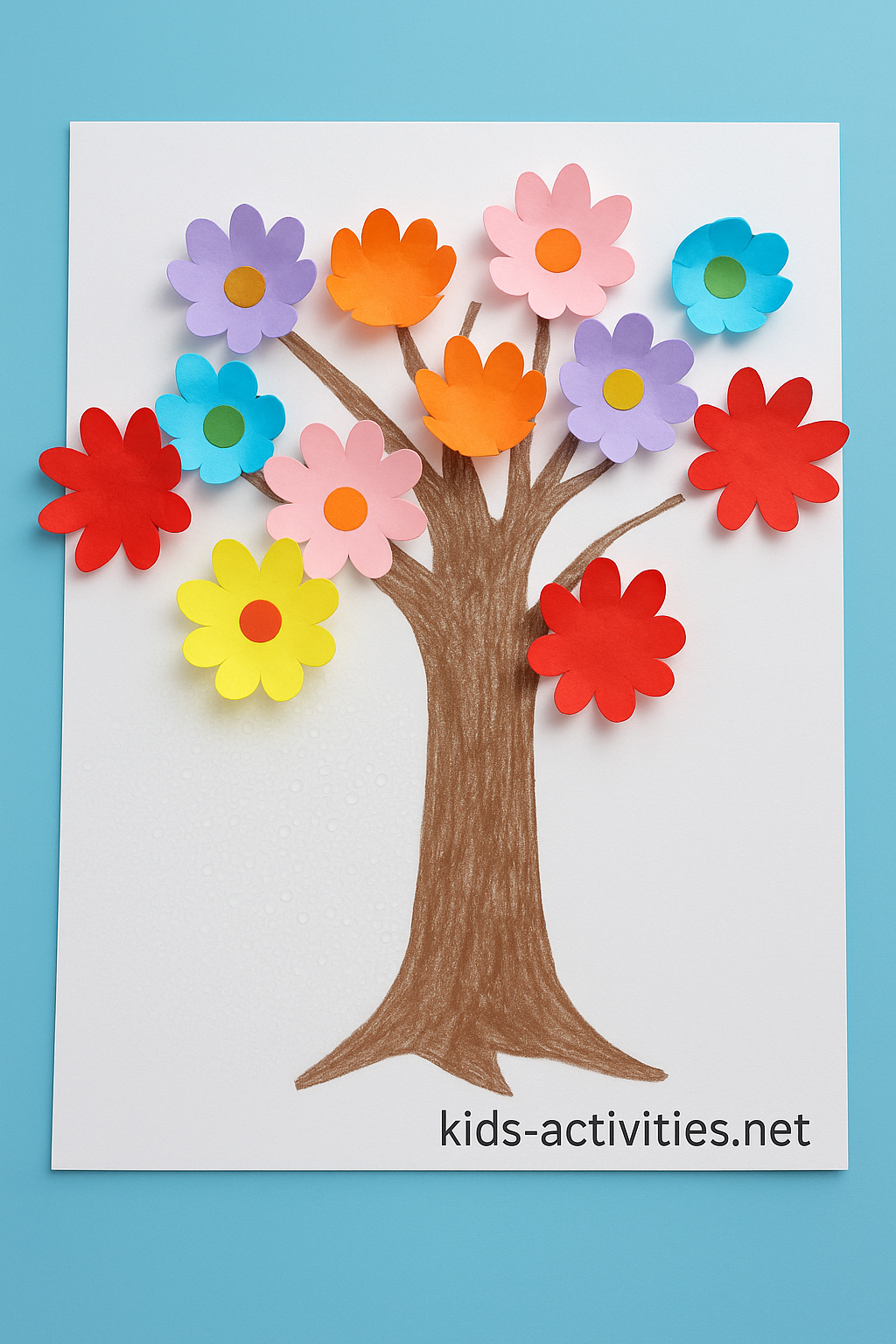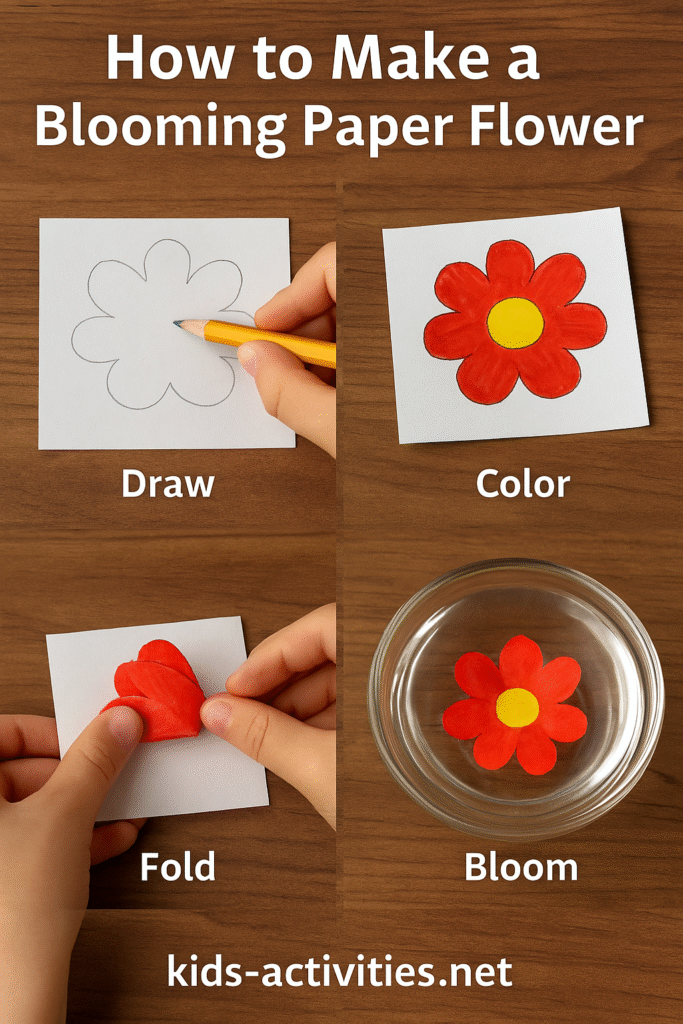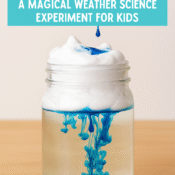
Watch It Bloom: Paper Flowers & the Science of Capillary Action
A Magical Blooming Surprise – Powered by Science!
Kids love a little magic — and even more when it’s something they can create with their own hands. This blooming paper flower experiment combines wonder with real science. With just paper, scissors, and water, kids can explore the world of capillary action while watching their handmade flowers come to life.
This isn’t just an eye-catching experiment — it’s an entryway into understanding physics, chemistry, and natural design. Ready to make science bloom? Let’s dive in.
What’s Really Happening? (Capillary Action Explained for Kids)
At the heart of this experiment is a concept called capillary action. Here’s how it works:
Paper is made from plant fibers. Between these fibers are tiny gaps, or capillary tubes, that act like invisible straws. When you dip the folded paper into water, water flows into these tiny gaps, moving upward and outward without the need for pressure. This movement is caused by cohesion (water molecules sticking to each other) and adhesion (water molecules sticking to the paper fibers).
As the water travels through the paper:
- The fibers absorb the liquid and soften
- The folded petals begin to unfold
- The flower appears to bloom on its own!
This experiment helps kids visualize molecular interaction, water transport, and material response — all in just a few minutes.
Step-by-Step: How to Make a Blooming Paper Flower
Materials Needed:
- Thin white paper (origami paper or copy paper)
- Crayons or water-based markers
- Scissors
- A shallow bowl of water
- Optional: Printable flower templates (included in our free PDF)
Instructions:
- Draw a Flower
Sketch a simple flower shape with rounded petals — 5 to 8 petals work best. - Cut It Out
Carefully cut out the flower shape using child-safe scissors. - Color It Brightly
Let kids decorate their flowers with bold, vibrant colours. Encourage creativity! - Fold Petals Inward
Gently fold each petal toward the center so the flower becomes compact and closed. - Float & Watch
Place the folded flower gently on the water’s surface. Observe as the petals slowly unfold and your flower blooms!

Extend the Learning: Scientific Exploration Ideas
Turn this fun experiment into a deeper science project:
- Timing Challenge: Use a stopwatch to see how long different paper types take to bloom.
- Water Temperature Test: Does warm water speed up the blooming process?
- Petal Shape Comparison: Do longer petals open faster than shorter ones?
Encourage kids to record their results in a science log (available in our PDF).
Try this next: Floating and Sinking Experiment for Kids
Nature & Real-Life Connection
Capillary action isn’t just a fun trick — it’s how nature works:
- Plants use capillary action to pull water from roots to leaves
- Paper towels and sponges absorb spills using the same principle
- Flowers stay fresh in water because stems absorb water upward
Kids begin to see how tiny invisible forces shape the visible world.
STEAM Integration: Art, Engineering, & More
This activity fits perfectly into STEAM learning:
- Art: Turn blooming flowers into greeting cards
- Engineering: Design flowers that open in stages
- Math: Graph petal opening times, compare shapes
Try it alongside our Color-Coded Science Challenge.
Family Activity: Create a Blooming Garden
Make it a group challenge:
- Each family member makes a flower
- Predict bloom times
- Create stories about magical blooming gardens
Bonus idea: Add bugs and bees to build a full scene.
Fast-Track Version for Classrooms
Working with a group?
- Use pre-cut templates
- Use trays per table
- Laminate example flowers
This works great for science centers or rainy day activities.
Also try: Rainy Day Activities to Spark Creativity
FAQ: Curious Kids Want to Know
Q: Why does paper absorb water so fast?
A: Paper fibers have tiny pores that act like straws, pulling water in.
Q: Can I use thicker paper?
A: Yes, but the bloom will be slower.
Q: Can I try other shapes?
A: Stars, hearts, even secret letters work too!
Q: Where else can I try capillary action?
A: Try our Walking Water Rainbow Activity
Want more? Explore the Kids Science Free Resources
Final Thought: Let Science Bloom
This simple activity introduces powerful scientific ideas through play. Kids learn by doing, seeing, and wondering. The bloom may last only seconds, but the curiosity it sparks will keep growing.
Let science bloom in your home or classroom today!




